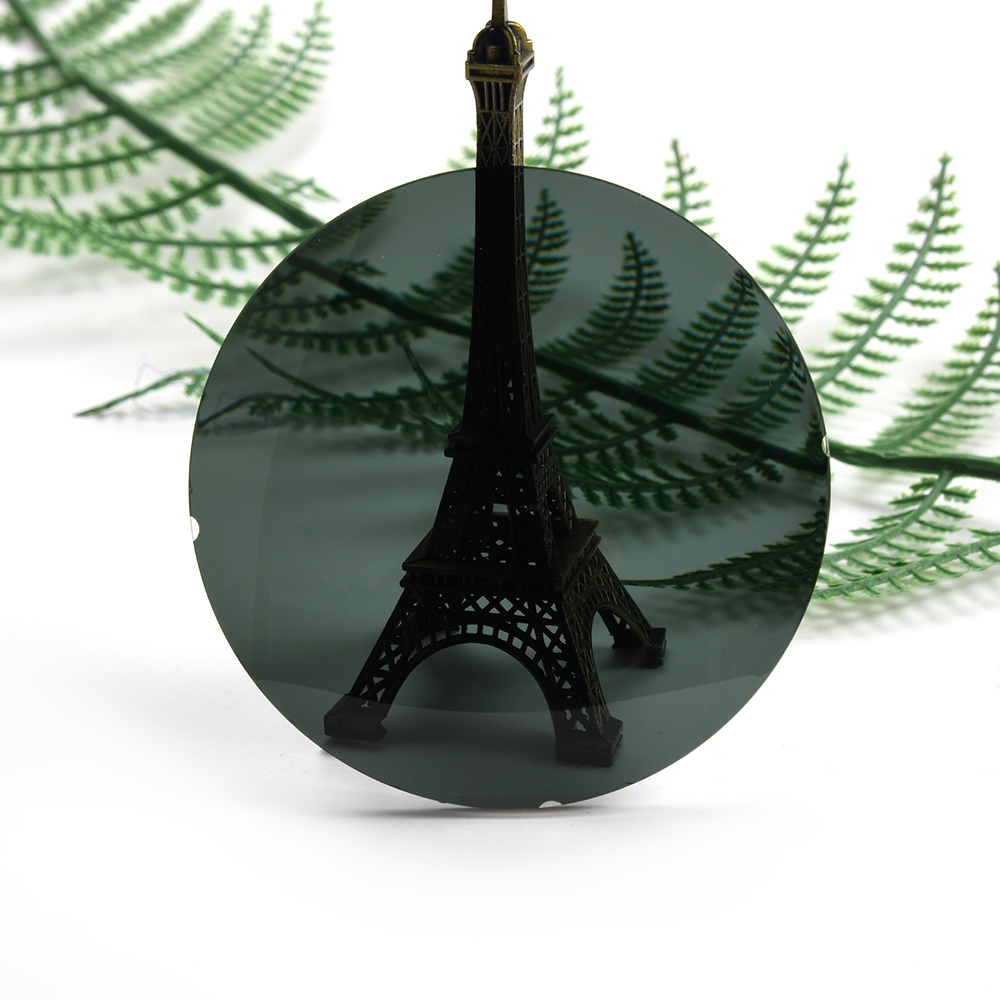SETO 1.60 Polarized Lenses
Specification
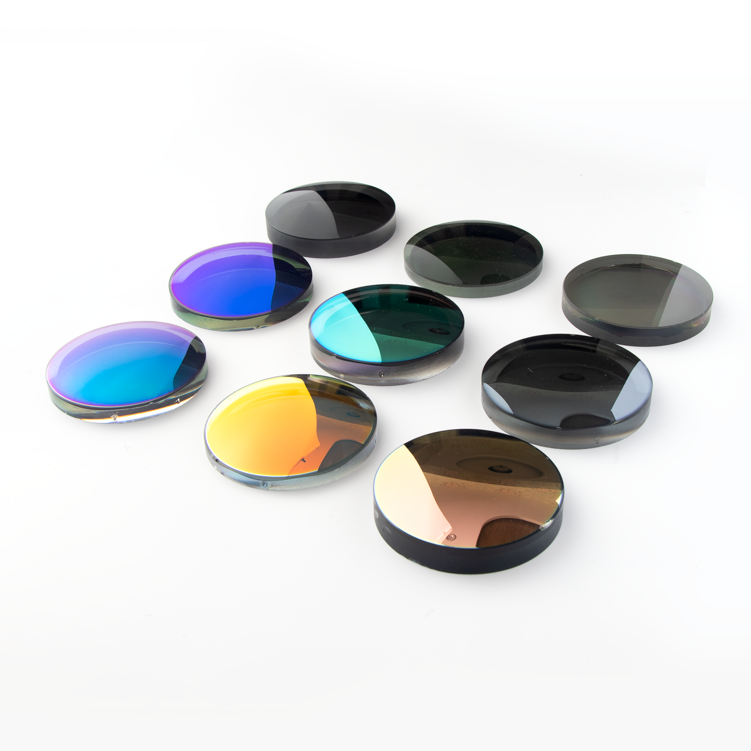
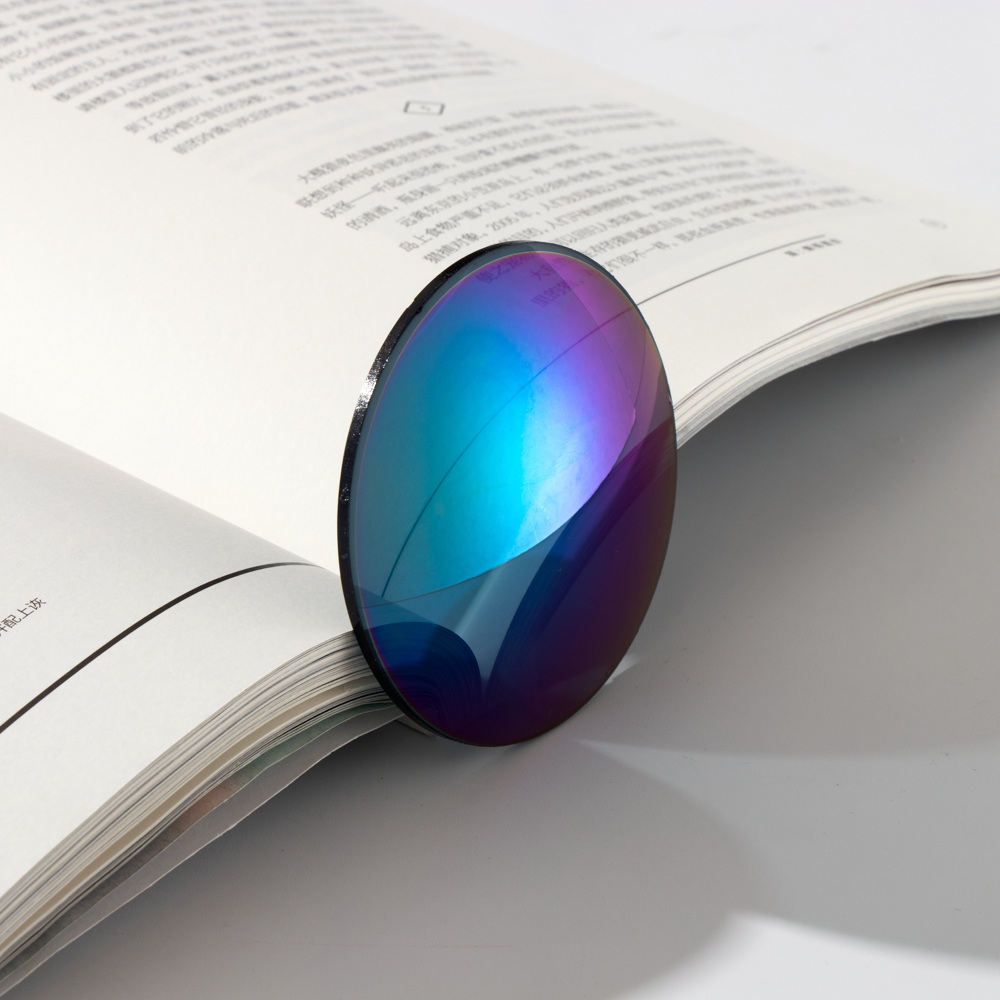
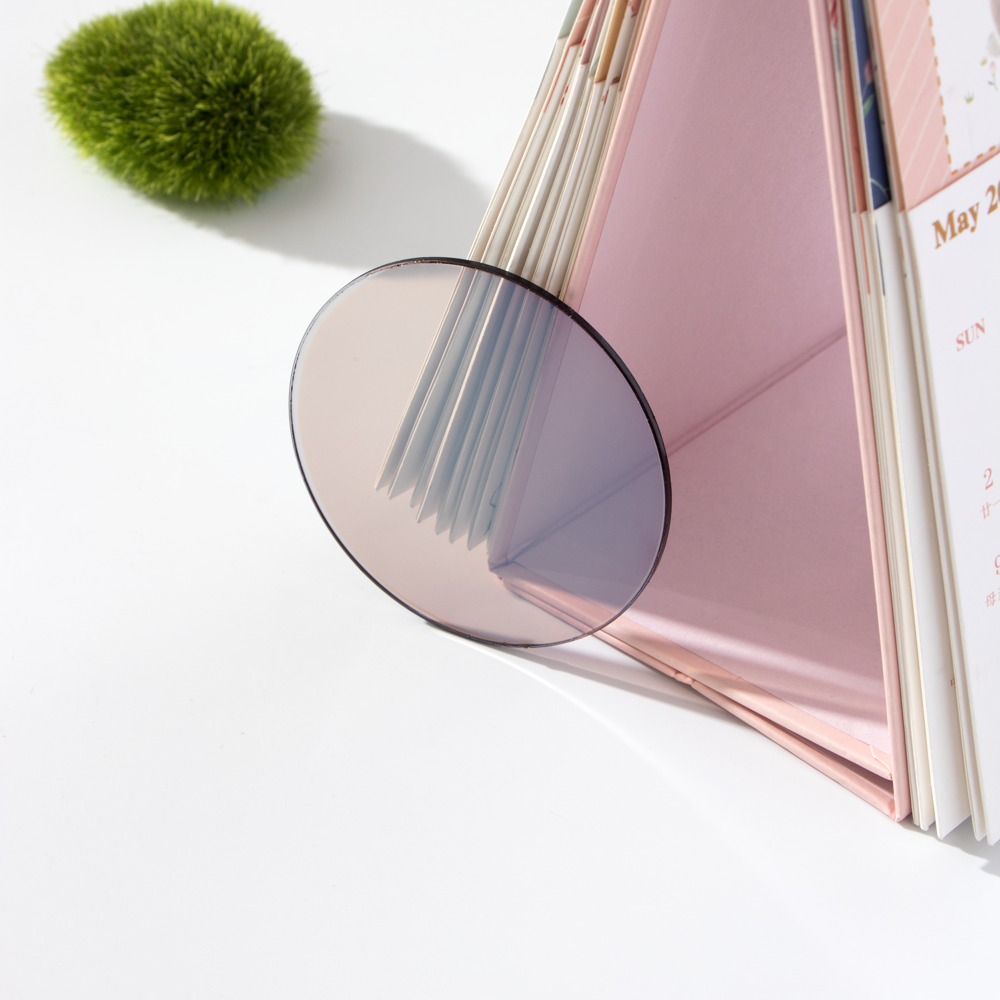
| 1.60 Index Polarized Lenses | |
| Model: | 1.60 optical lens |
| Place of Origin: | Jiangsu, China |
| Brand: | SETO |
| Lenses Material: | Resin lens |
| Lenses Color | Grey,Brown |
| Refractive Index: | 1.60 |
| Function: | Polarized lens |
| Diameter: | 80mm |
| Abbe Value: | 32 |
| Specific Gravity: | 1.26 |
| Coating Choice: | HC/HMC/SHMC |
| Coating color | Green |
| Power Range: | Sph: 0.00 ~-8.00 CYL: 0~ -2.00 |
Product Features
1)How do polarized lenses work?
We have no doubt experienced glare or blinding light while outside, which can often impair our vision and cause discomfort. In some cases, such as driving, it can even be dangerous. We can protect our eyes and vision from this harsh glare by wearing polarised lenses.
Sunlight is scattered in all directions, but when it hits a flat surface, light is reflected and becomes polarised. This means the light is more concentrated and usually travels in a horizontal direction. This intense light can cause blinding glare and reduces our visibility.
Polarised lenses are designed to shield our vision, which is great if we spend a lot of time outdoors or on the road.
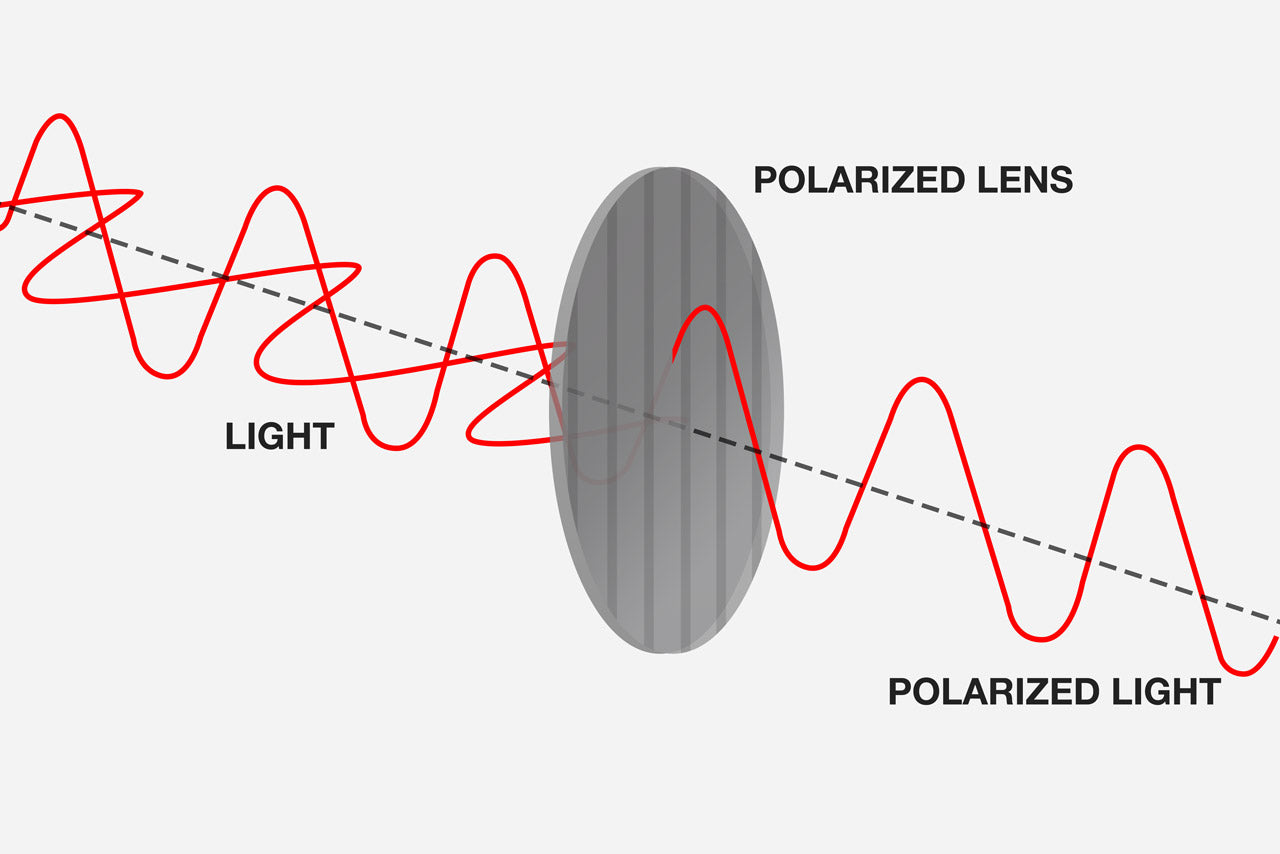
2)How to test if our lenses are polarized?
If we take 2 of these filters and cross them perpendicular to one another, less light would pass through. The filter with a horizontal axis will block vertical light, and the vertical axis will block horizontal light. That’s why if we take two polarized lenses and tilt them back and forth between 0° and 90° angles, they'll darken as we rotate them.
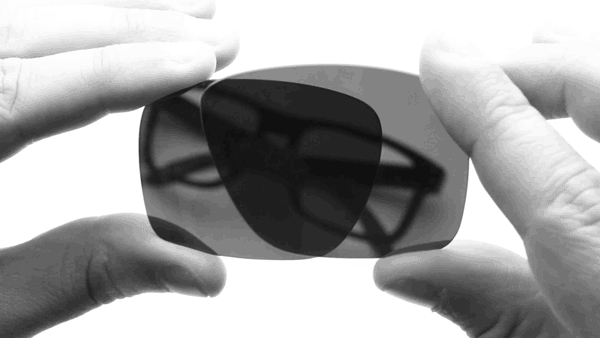
We can also verify whether our lenses are polarized by holding them in front of a back-lit LCD screen. As we turn the lens, it should become darker. This is because LCD screens use crystal filters that can rotate the polarization axis of light as it passes through. The liquid crystal is normally sandwiched between two polarizing filters at 90 degrees to each other. Although not standard, many polarized filters on computer screens are oriented at a 45 degree angle. The screen in the video below has a filter on a horizontal axis, which is why the lens does not darken until fully vertical.
3. What is the difference between HC, HMC and SHC?
| Hard coating | AR coating/Hard multi coating | Super hydrophobic coating |
| makes the uncoated lens hard and increases the abrasion resistance | increases the transmittance of the lens and reduces surface reflections | makes the lens waterproof, antistatic, anti slip and oil resistance |
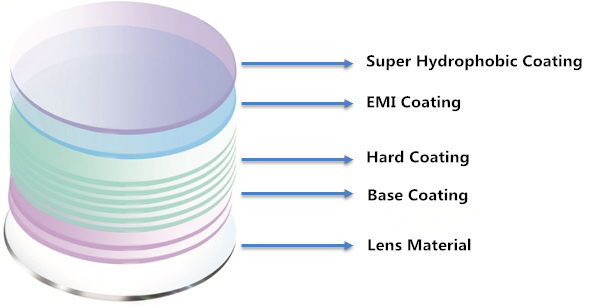
Certification



Our Factory








